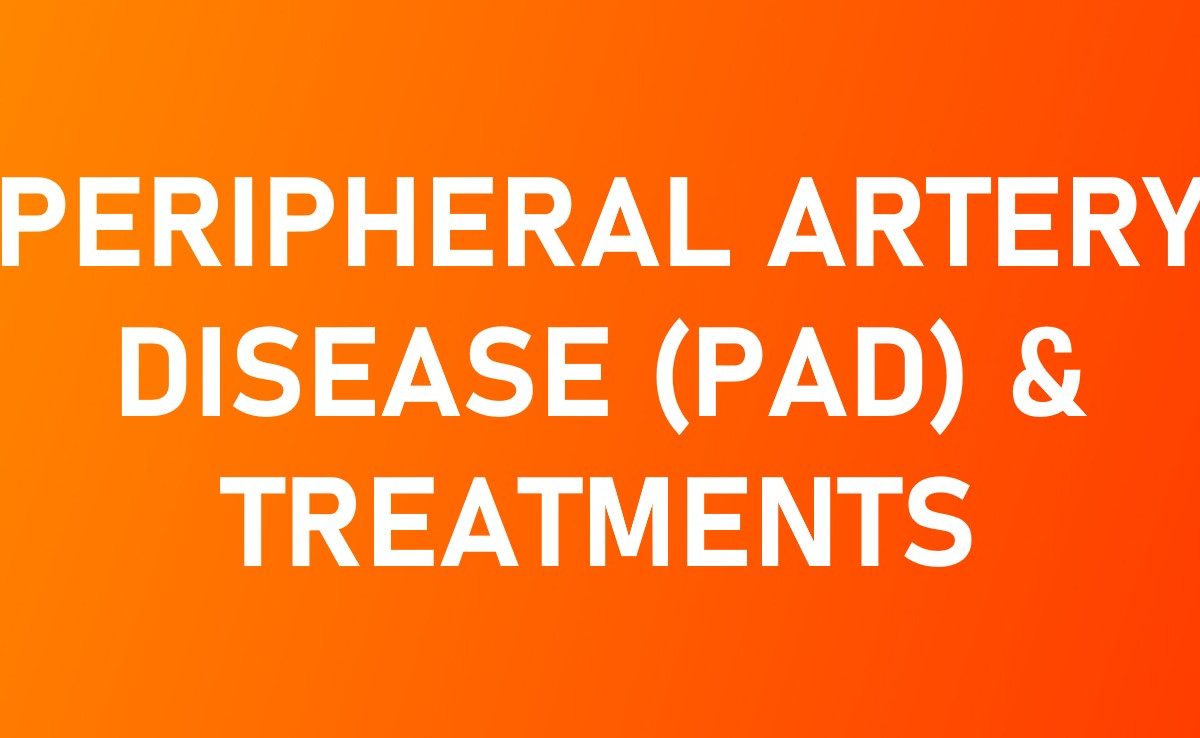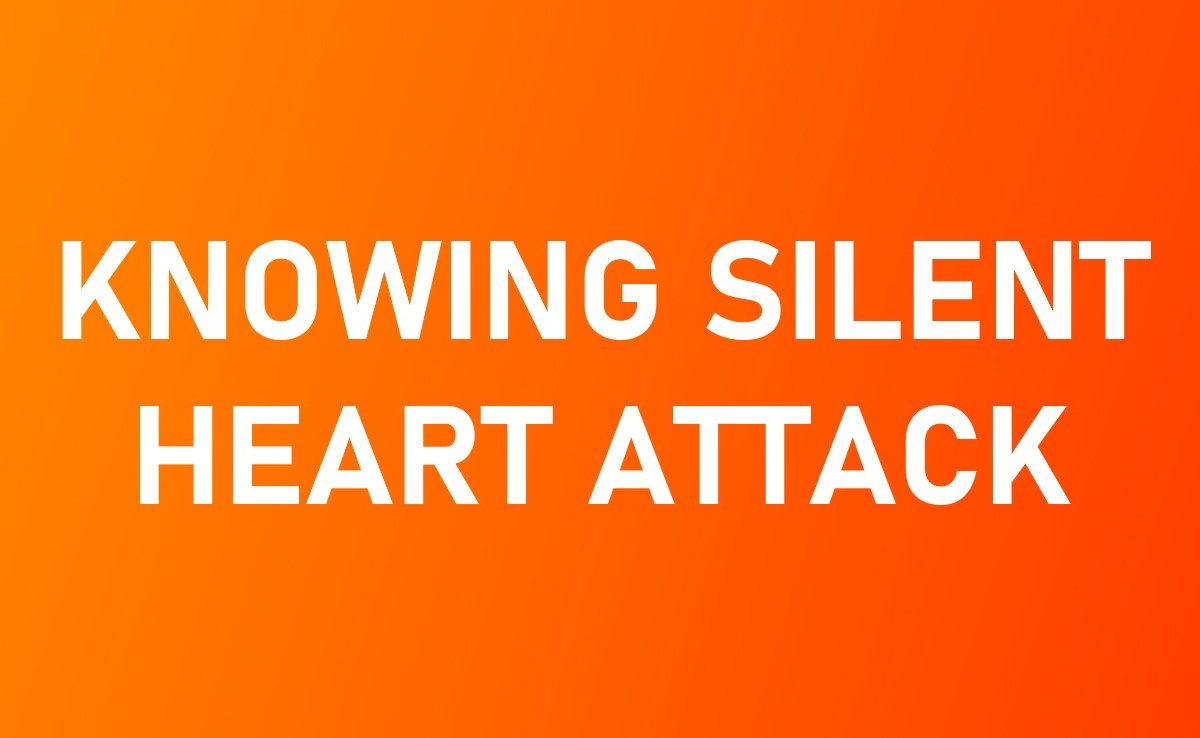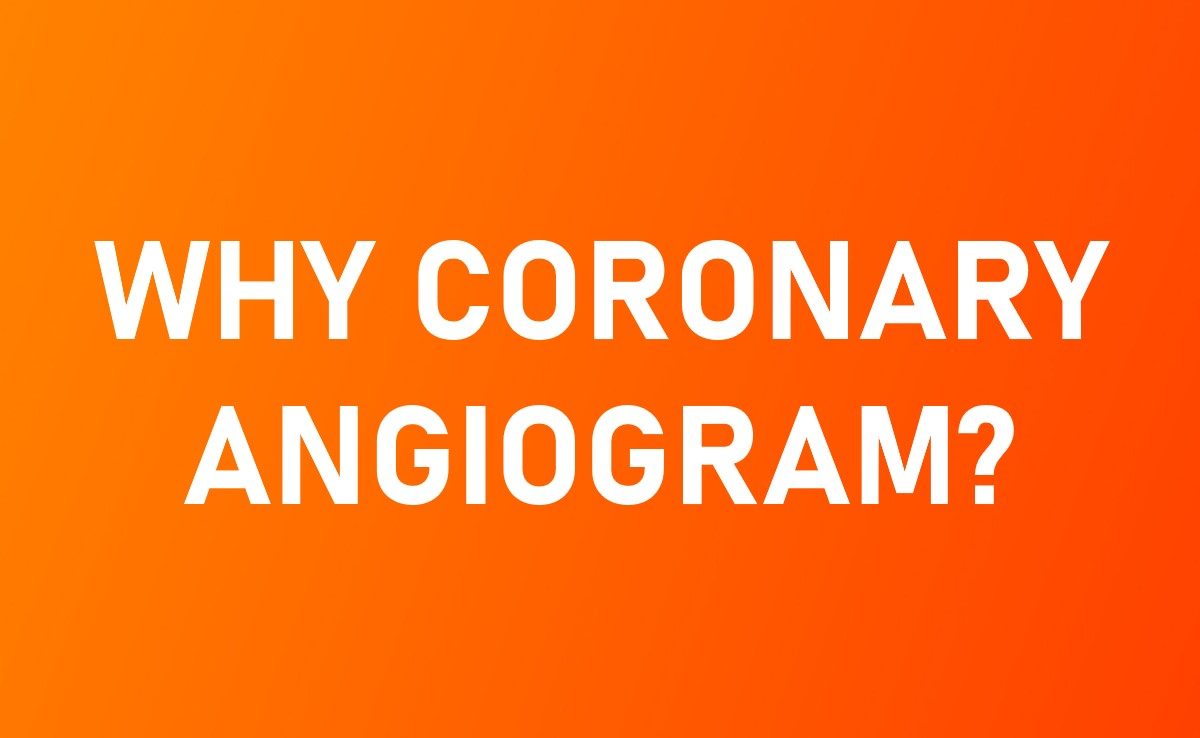Peripheral Artery Disease (PAD) & Treatments
Peripheral artery disease (also called peripheral arterial disease) is a common circulatory problem in which narrowed arteries reduce blood flow to your limbs. Let us know in detail from the best heart specialist doctor in Ahmedabad, Gujarat.
When you develop peripheral artery disease (PAD), your extremities — usually your legs — don’t receive enough blood flow to keep up with demand. This causes symptoms, most notably leg pain when walking (claudication).
SIGNS & SYMPTOMS
- Legs tire but improve with rest
- Leg cramps
- Can’t walk far
- Wounds don’t heal
IF YOU HAVE PAD YOU ARE AT A HIGHER RISK FOR
- Heart attack
- Stroke
- Limb loss
SEE MORE: Leg Pain While You Walk? Never Ignore It
PERIPHERAL ARTERY DISEASE (PAD)TREATMENT
Treatment for peripheral artery disease has two major goals:
- Manage symptoms, such as leg pain, so that you can resume physical activities
- Stop the progression of atherosclerosis throughout your body to reduce your risk of heart attack and stroke
Medications:
- Cholesterol-lowering medications
- High blood pressure medications
- Medication to control blood sugar
- Medications to prevent blood clots
- Symptom-relief medications
In some cases, angioplasty or surgery may be necessary to treat peripheral artery disease that’s causing claudication.






Recent Comments